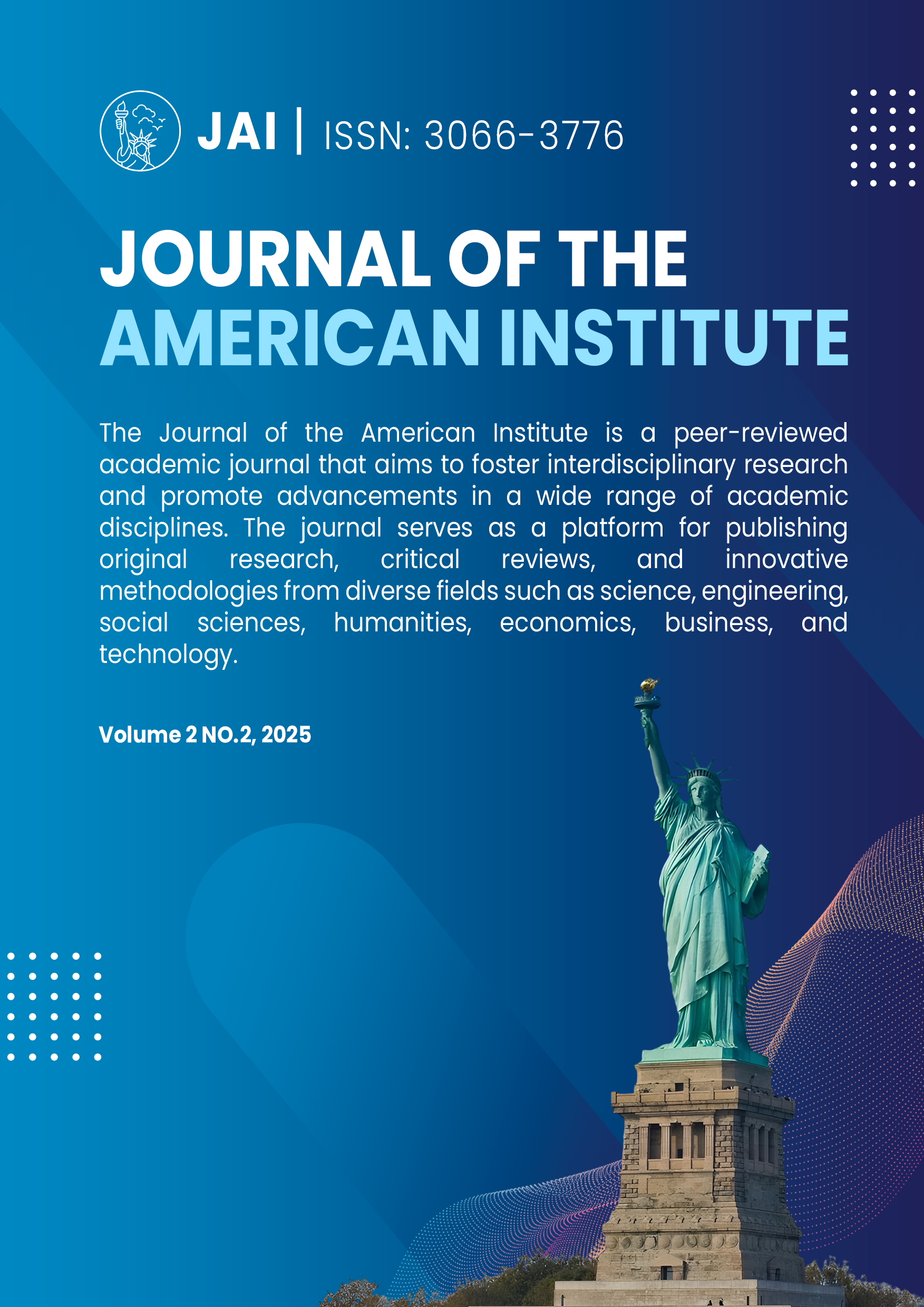Analysis of the Effectiveness of Flow 3D Cast Software in Optimizing the A356 Casting Process
DOI:
https://doi.org/10.71364/54kmwm41Keywords:
Flow-3D Cast, A356 Casting, CFD Simulation, Casting Optimization, Casting DefectsAbstract
A356 aluminum alloy casting is one of the manufacturing methods widely used in the automotive and aerospace industries because it has superior mechanical properties and good corrosion resistance. However, this casting process often faces technical challenges, such as porosity, shrinkage, and defects due to suboptimal metal flow. Therefore, Flow-3D Cast, a software based on Computational Fluid Dynamics (CFD), is used to optimize the casting process by simulating the flow of molten metal, solidification analysis, as well as temperature distribution in the mold. This study aims to evaluate the effectiveness of Flow-3D Cast in optimizing the casting of A356, with a focus on reducing casting defects, increasing production efficiency, and improving the design of the gating and riser system. The research method used is a literature study by analyzing various previous research results that discuss the application of Flow-3D Cast simulation in optimizing the A356 casting process. Data is obtained from indexed scientific journals, academic books, and relevant technical reports. The results show that the use of Flow-3D Cast can reduce shrinkage defects by up to 40%, improve the homogeneity of microstructures, and optimize the flow rate of molten metal in the mold. In addition, the design of the gating system that has been optimized through simulation has been proven to be able to increase casting yield by up to 85% and reduce energy consumption in the casting process. Thus, the use of Flow-3D Cast-based simulation has proven to be effective in improving the quality of A356 casting products, reducing production defects, and reducing operational costs in the foundry industry.
Downloads
Published
Issue
Section
License
Copyright (c) 2025 Joni Arif, Mujiyono Mujiyono, Tiwan Tiwan

This work is licensed under a Creative Commons Attribution 4.0 International License.




